What is Ceramic Heat Resistance? Why it Matters?
Ceramic PCB heat resistance plays a key role in modern electronics where heat dissipation is a constant challenge. Whether you're designing automotive controllers or LED modules, managing thermal stress is crucial. That's why engineers increasingly choose ceramic PCBs. At Best Technology, we specialize in manufacturing ceramic PCBs that meet demanding industry standards. Backed by ISO-certifications, we ensure quality, traceability, and cost-effectiveness for every order, no matter the complexity.
In this guide, we'll explore what heat resistance really means, the factors that affect it, and how ceramic materials outperform others in this area—especially in the context of PCBs.
What Is Heat Resistance?
Heat resistance is a material's ability to endure high temperatures without deforming, breaking down, or losing its physical and electrical properties. It’s especially important in electronics, where overheating can degrade performance or permanently damage components. Materials with strong molecular bonds and high melting points usually show superior heat resistance.
In PCBs, the need for heat resistance becomes critical as circuits are miniaturized and power densities rise. A heat-resistant board will last longer, operate more reliably, and reduce the risk of malfunction due to thermal fatigue.
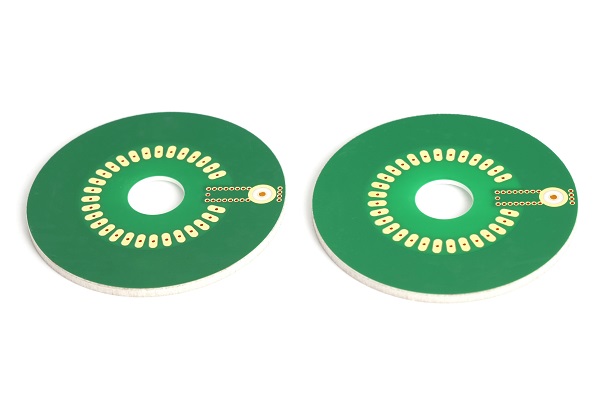
Factors That Affect Heat Resistance
Several elements influence how much heat a material can tolerate:
1. Material Composition
The type of atoms and the bonds between them greatly influence how a material reacts to heat. Materials with strong covalent or ionic bonds, such as ceramics, resist thermal breakdown much better than materials with weaker metallic or van der Waals bonds.
2. Melting Point
This is the temperature at which a solid becomes a liquid. A high melting point typically means the material can function well in high-heat environments. Ceramics often have melting points above 1600°C.
3. Thermal Conductivity
This is how easily heat moves through the material. Ceramics like Aluminum Nitride have high thermal conductivity, meaning they spread heat away from hot spots quickly, reducing localized thermal stress.
4. Coefficient of Thermal Expansion (CTE)
Materials that expand too much when heated can crack or warp. Ceramics generally have low CTE, making them more dimensionally stable under temperature changes.
5. Structural Density and Porosity
Denser materials with fewer internal air gaps resist heat better because air pockets can act as insulators or heat traps.
Heat Resistance in Ceramic
Ceramic materials are known for exceptional heat resistance. They can tolerate extreme temperatures—often above 1000°C—without degrading. This is due to their molecular structure, which consists of strong ionic and covalent bonds. Some technical ceramics used in electronics include:
- Alumina (Al₂O₃): Resistant to 850°C, widely used in standard ceramic PCBs.
- Aluminum Nitride (AlN): Can handle temperatures up to 1000°C while offering high thermal conductivity.
- Beryllium Oxide (BeO): Surpasses 1000°C, with exceptional heat conduction.
- Silicon Nitride (Si₃N₄): Offers thermal shock resistance and mechanical strength.
Thanks to these features, ceramics are used in environments where plastic or metal-based substrates would fail.
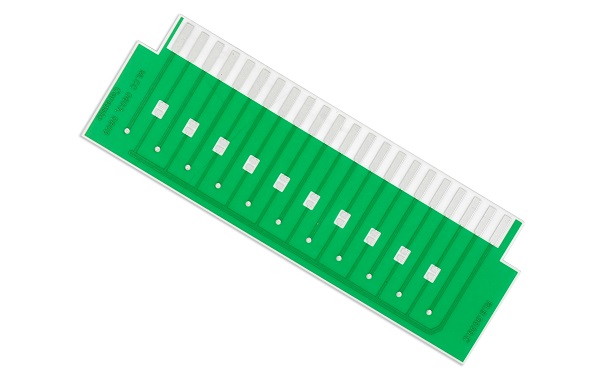
Heat Resistance in Ceramic Coatings
Ceramic coatings are often applied to metals or composite substrates to protect them from heat and oxidation. These coatings serve as thermal barriers, minimizing heat transfer and enhancing durability in high-temperature settings. They're common in:
- Aerospace: Turbine blades and exhaust components
- Automotive: Engine parts and exhaust manifolds
- Electronics: Heat sinks and enclosures
Ceramic coatings can endure temperatures exceeding 1400°C. They are chemically stable and resistant to oxidation, corrosion, and thermal fatigue. Their use in protective applications complements ceramic substrates in PCBs, forming a comprehensive thermal management system.
Importance of Heat Resistance in Ceramic PCBs
In power electronics, heat can be both a byproduct and a problem. Traditional FR4 PCBs begin to fail at sustained temperatures around 130°C. Ceramic PCBs, in contrast, offer several advantages:
- High Thermal Conductivity: AlN and BeO efficiently pull heat away from components.
- Minimal Thermal Expansion: Reduces mechanical stress on solder joints and components.
- No Delamination: Ceramic substrates remain intact even under prolonged thermal cycling.
- Stable Electrical Properties: Performance remains consistent at high temperatures.
Industries benefiting from ceramic PCBs include:
- LED lighting
- Automotive electronics
- Power converters
- RF and microwave communication
- Aerospace systems
These applications often involve harsh environments where ceramic PCBs outperform their organic counterparts.
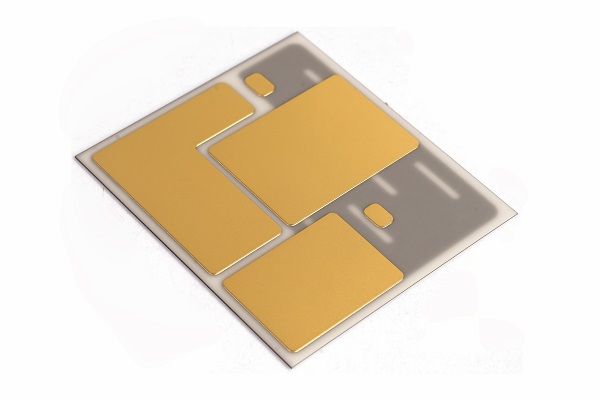
How Hot Can Ceramic PCB Handle?
The answer depends on the type of ceramic used in the PCB substrate:
1. Alumina (Al₂O₃)
Maximum temperature: ~850°C
Thermal conductivity: 18–36 W/mK
Use case: Cost-effective solution for mid-power applications.
2. Aluminum Nitride (AlN)
Maximum temperature: ~1000°C
Thermal conductivity: 170–230 W/mK
Use case: Ideal for high-power, high-frequency devices.
3. Beryllium Oxide (BeO)
Maximum temperature: Over 1000°C
Thermal conductivity: 230–330 W/mK
Use case: Rare due to toxicity but unmatched in thermal performance.
In practice, most ceramic PCBs are used in environments ranging from 150°C to 350°C. While their maximum resistance is much higher, operating below the limit ensures long-term stability and prevents thermal fatigue.
Soldering Temperatures
Ceramic PCBs easily withstand reflow soldering and selective wave soldering without damage. Most solder pastes peak at 240–260°C, which is well within the safe limit for ceramic substrates.
Why Choose Ceramic Over FR4 for High Heat?
|
Feature |
Ceramic PCB |
FR4 PCB |
|
Max Temp |
850–1000°C |
~130°C |
|
Thermal Conductivity |
Up to 230 W/mK |
0.3–0.5 W/mK |
|
Thermal Expansion |
Very Low |
Moderate |
|
Chemical Stability |
High |
Low |
|
Structural Integrity |
Excellent |
Prone to delamination |
Ceramic PCBs outperform FR4 in heat-sensitive applications where stability, reliability, and performance are top priorities.
Best Technology: Your Trusted Ceramic PCB Manufacturer
At Best Technology, we manufacture ceramic PCBs using advanced techniques such as DBC (Direct Bonded Copper), DPC (Direct Plated Copper), and AMB (Active Metal Brazing). Our capabilities include:
- Selection of suitable substrates (Al₂O₃, AlN, BeO)
- Customized thermal designs for your specific needs
- Tight dimensional tolerances and precision laser cutting
- One-stop solutions for both prototypes and large batches
- Fast turnaround and technical consultation for custom needs
- Full traceability and MES system integration
- Support for complex circuits and multi-layer designs
Whether you're designing a new LED module or a power converter, our ceramic PCBs help manage heat efficiently and reliably.
FAQs
1. Can ceramic PCBs be used in automotive applications?
Yes, especially in control systems, battery management, and sensors due to their thermal and mechanical reliability.
2. Is ceramic better than metal-core PCBs for heat management?
Ceramic offers higher thermal conductivity and electrical insulation without extra layers, making it more efficient in compact designs.
3. Can ceramic PCBs be multilayered?
Yes, multilayer ceramic PCBs are possible, though they require specialized manufacturing and are typically used for high-frequency or compact circuits.
4. Are ceramic PCBs more expensive than FR4?
Yes, but they provide better long-term reliability, especially in high-power applications, which offsets the initial investment.
5. Do ceramic PCBs crack under heat stress?
Not easily. They are engineered to resist thermal shock and expansion, especially materials like silicon nitride.
6. Is aluminum nitride better than alumina for thermal management?
Yes. AlN offers higher thermal conductivity and heat resistance, making it suitable for more demanding applications.
If you're looking for durable, heat-resistant circuit boards, Best Technology is ready to deliver. Contact our team to get a quote or explore how our ceramic solutions can support your next big project.


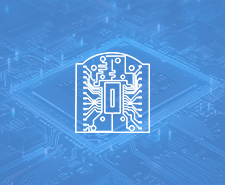
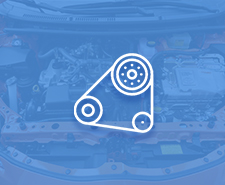


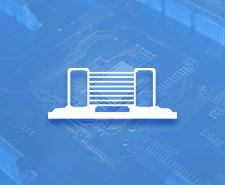
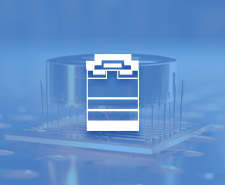
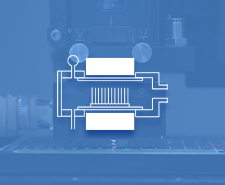
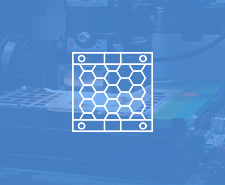
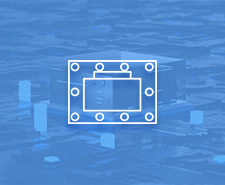

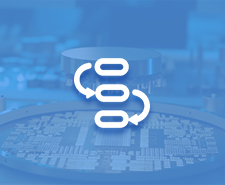

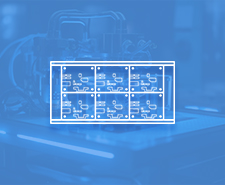
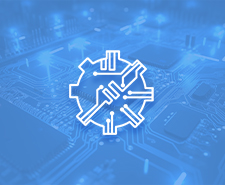

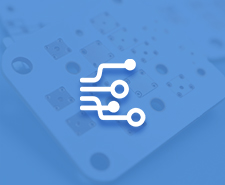
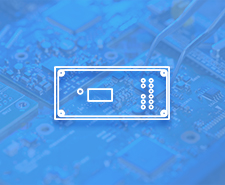
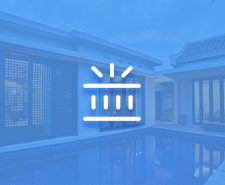
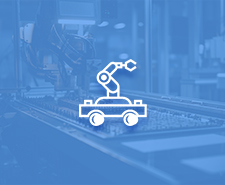
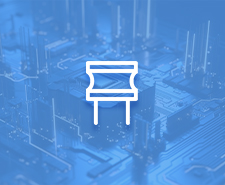
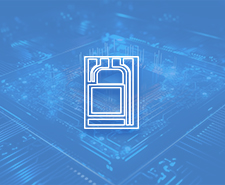

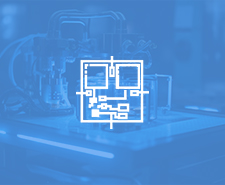
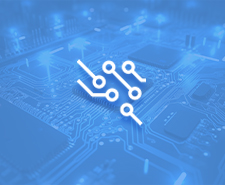
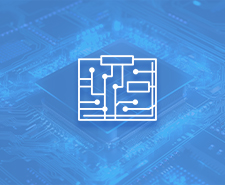

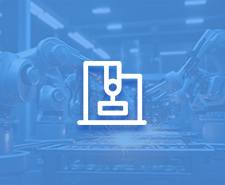

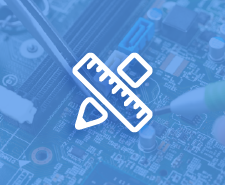
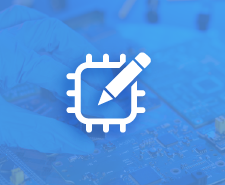


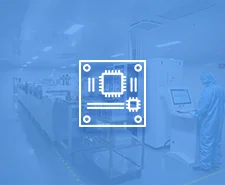
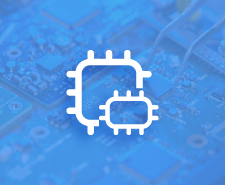
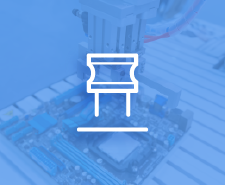

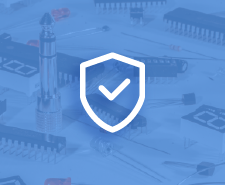

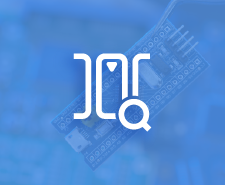
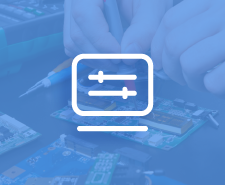
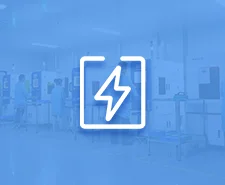
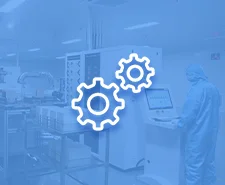
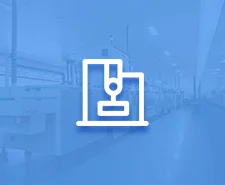
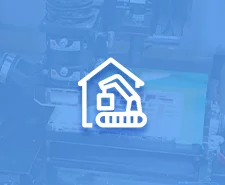
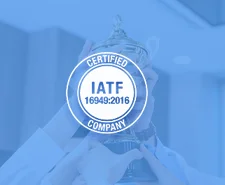
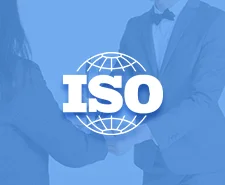
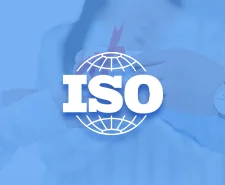





 HOME
HOME







